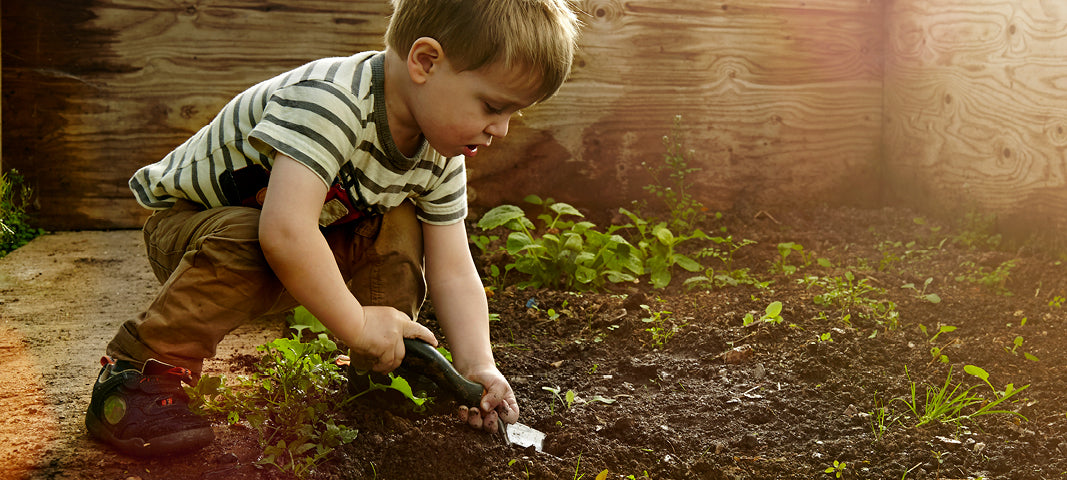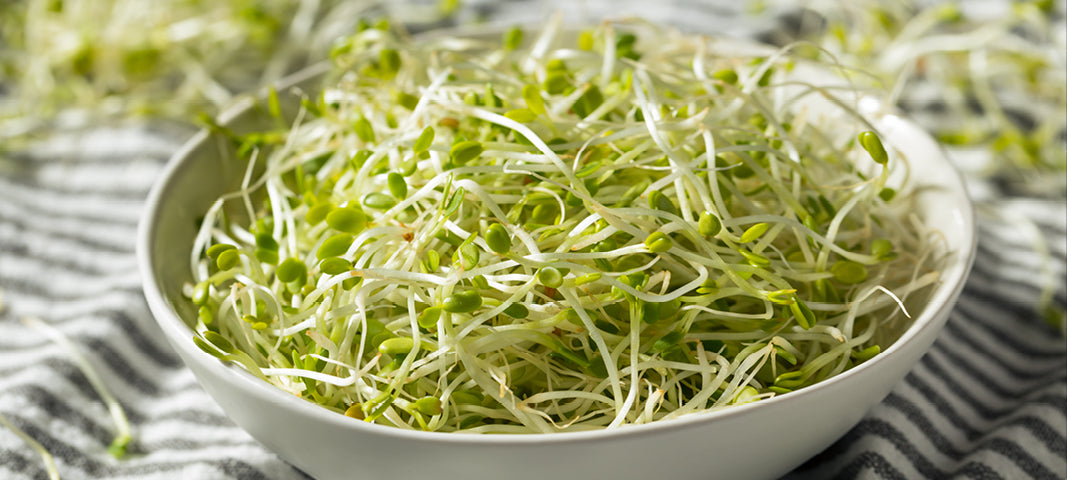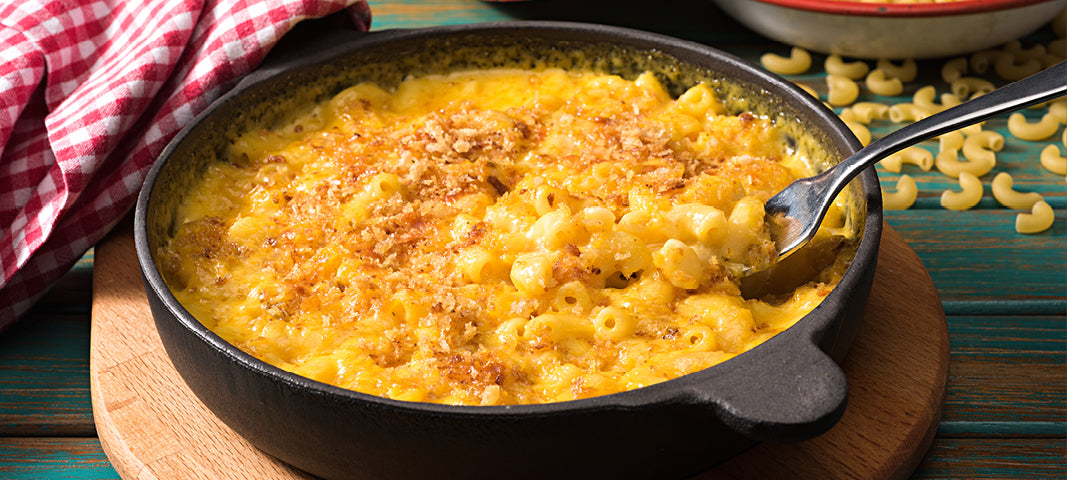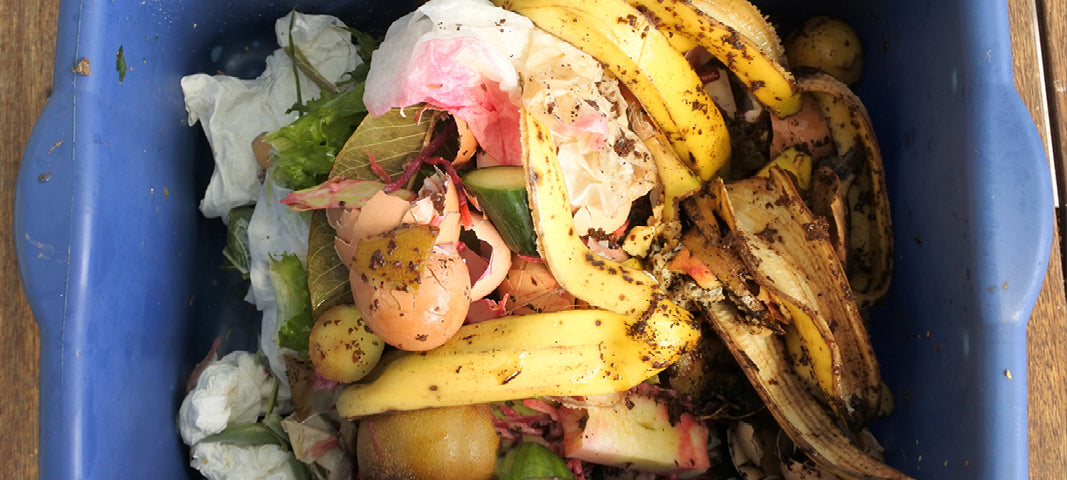What do you do when the best time to prepare is also the hardest time to prepare?
It’s the situation many of us find ourselves in these days. If the leaders at the Federal Reserve are right, before the dust settles on the Coronavirus at least one in four of us could be out of a job.
If there were ever a time to get your emergency supply in order, now is it. But how do you continue to do that when your budget can’t be stretched another inch?
The following three tips may help you see how a food storage program can be put together without sacrificing money earmarked for existing bills:
1. Get Out and Garden
As long as you’re stuck indoors, here’s a way to put the great weather we’re having to use! Set aside a plot of land to grow specific "food storage" plants.

Consider growing tomatoes, peppers, and cilantro and putting up some delicious salsa, as well as plain tomatoes, for a rainy day. Or grow other fruits your family enjoys and are easy to prepare for storage.
Sprout seeds are another great option. They’re tasty additions to salads, sandwiches, soups, and stir-fry and can be grown in a matter of days. (Note: Never sprout seeds intended for planting in gardens.)

The best part? Seeds are a great bang for your buck. You can pick up packets with thousands of seeds for $10 to $20. Add some wood for a planter box, a few pieces of gardening equipment you probably already have laying around the house, and soil (check out Craigslist for great, sometimes free, deals) and you’re set.
From there, it’s a matter of picking your plot. Find an area that’s even and lets in the right amount of sunlight for your crop (most vegetables need 6 hours straight of sunlight a day). Make sure it’s about 10 feet from shrubs and bushes.
In all, a garden is more an investment of time than money, which the perfect setup for those of us at home waiting out the coronavirus.
2. Embrace the Power of “Not Tonight”
Here’s one I used in college to buy a guitar.
When the next urge to splurge on fast food hits you, resist it! Take the $10 or $15 you would have spent and invest it in food storage. In just a few weeks, you’ll have enough for a very nice emergency kit, some 25-year shelf life food, a water filtration system—take your pick! Keep this up for a few months and the sky’s the limit.
Again, as much as we want to support the economy with our dine-out dollars, there’s no denying that Americans are going out to eat far less than normal. That makes this another strategy tailor fit for these bizarre times.
3. Plan a Menu and Stick to It

How many times do you buy food at the store and put it in the refrigerator, only to throw it out a week or two later because you forgot to use it?
Plan a menu and stick to it. Cut the waste, and every time you go to the grocery store for your major shopping, set aside an extra $5 that you normally would have spent on perishable vegetables you usually end up discarding. Within a month, you will have enough savings to purchase a "favorite something" on your food storage list.
Final Tips to Save You Money and Headaches
DON'T BE AFRAID OF A LITTLE COMFORT FOOD IN CRISIS
With all the time and effort you’ve put into saving up for emergency supplies, the last thing you want to do is waste that food once you use it.

When you’re planning your emergency purchases, think carefully about what the people in your life will eat. A crisis isn’t the best time to push broccoli on your three-year old (though freeze-dried broccoli is like candy for veggie lovers). Don’t be afraid to buy mac and cheese for that picky eater. Give your family the foods you know they’ll eat and avoid waste and further hunger.
Purchase the basics first (honey, salt, wheat, powdered milk, grains, legumes, and garden seeds), and build upon that (don’t forget the non-food items as well). Better yet, sit down with family members and organize a personalized plan. Systematically develop your storage according to you and your family's food preferences.
START SMALL AND GO FROM THERE
Remember that a short-term, as well as a long-term food storage program is the most sensible. If you cannot afford a year supply, work on a 72 hour supply, then a week supply, and so on.
WEATHER IS THE ARCH ENEMY OF SHELF LIFE
Even food with a decades-long shelf life can go bad in a matter of years if they aren’t stored properly.

Keep your supply in a dry, cool place with temperatures between 55 and 70 degrees. Depending on where you live, that might mean the garage isn’t the best place your emergency stash. Get creative finding places more suitable for it. Look under beds, behind clothing in closets, and even under tables if you run out of storage space.
Also, learn to rotate it as much as possible so that it doesn't go to waste. When a crisis arrives, good people work together, so do your part to prepare and share. It is amazing how we can help each other.


9 comments
Nancy
Another tip – grow/can food that will keep you alive in a survival situation. Along with gardening, learn to can. Canned food does not go bad. Freezing food can. If you can get chicken/beef/pork on a GOOD sale, can it. Don't freeze it. Canned chicken breast is THE BEST for chicken salad. Plus, using canned meat, you can put a dinner together in minutes.
cranky non-pc old broad
I am just learning how to grow food. I figure, even if not totally sucessful, every year I get to eat fresh food out of the garden and am growing to like veggies much more.
Sustainablehome
I didn't realize planting for food storage was what I am doing! One of the things that has always gone through my mind is: how will I preserve this?
Travis Michaud
Why not plant your own wheat? I'm not talking about a GMO variety, that is unethical and will most likely open you up to being sued. I'm talking a tried and true old fashioned heirloom variety (some of them go back centuries). That's what I plan on doing when I have the space.
grannie8
I love the MEXICAN FOOD COMBO GIVEAWAY - it's all the foods I love. Ethnic foods that are vegetarian are very healthy- eaten in moderation like everything else.. You can supplement these foods with some garden produce— outstanding !!
sean
Hi, I am disabled from diabetes affecting my legs and now I found out that I am losing my eyesight too. My wife takes care of my daughter and I. We live month to month on social security and their isn't enough money left each month to even get all of the medications that I need. How can I possibly but emergency food? There just isn't any money left. Any suggestions? Is there any where we can turn for help? Please I am not trying to scam or trick anyone but we have no where to turn.
Catrina
I really love sprouts, but i never had thought of growing them! It is something you can even grown inside. I live in a very harsh climet, so indoor gardens are a major help to me. This is such a great blog entry! I am a new wife and mother and food storage hasn't been easy to learn, but this advice on building on basics and involving your family was really awesome.
NJH
Very good suggestions. I've been unemployed for 21 months and couldn't have made it, had I not had some food stored up. Anything one is able to store will help stretch the food budget in hard times.
I appreciate the "sprouts" suggestion. I've never used sprouts but having something fresh & crisp would enhance the menu when one must live totally on stored food.
Your Impact Matters
I never thought about planting "food storage" plants in the garden, or planting with a specific recipe in mind. I'm really glad you mentioned that. I am planting a varied garden this year, and now I have a new way to look at the plants I'll be putting in, and maybe find some holes in my garden for ingredients that I'd like to have for recipes that I'd like to can in the fall!